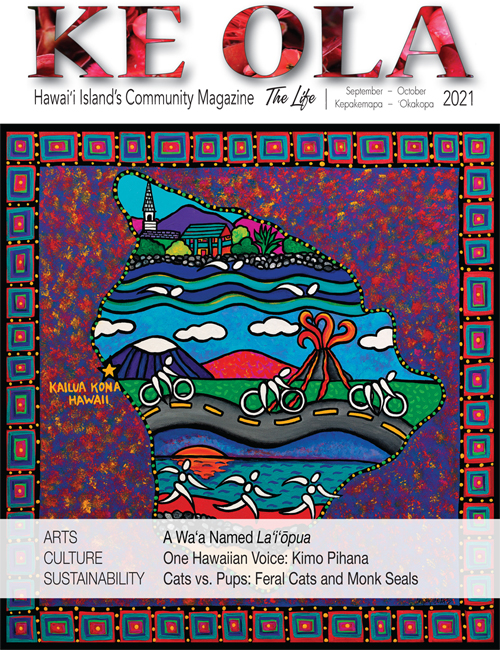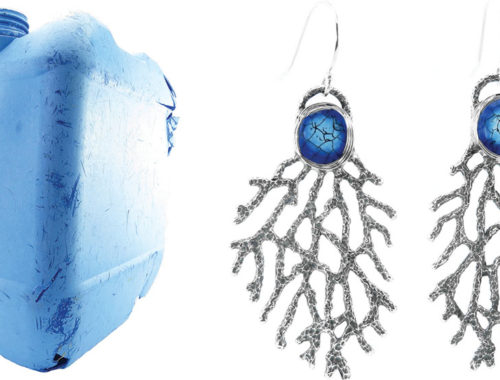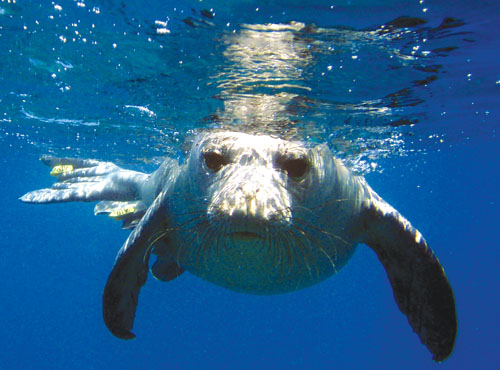
Mālama Mokupuni—Caring for Our Island Environment: Cats vs. Pups—A Feline Parasite Threatens Monk Seals
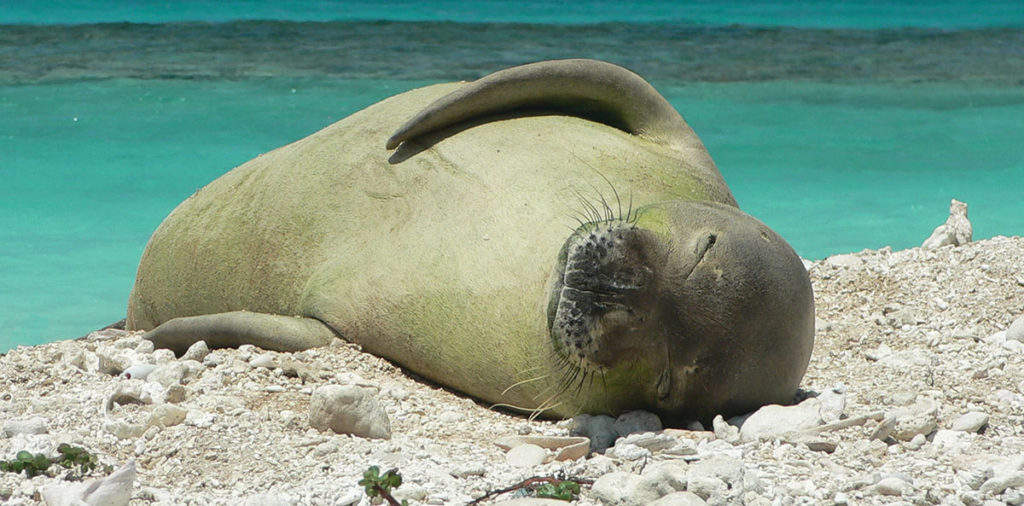
By Rachel Laderman
When you’re at a Hawai‘i beach park, you’ll often spot free-roaming cats dashing between the shadows. Well-meaning cat-lovers can be seen restocking kibble in dishes left for cats. This animal-loving activity sadly contributes to a disease that is the greatest threat to one of Hawai‘i’s unique and most endangered animals, the Hawaiian monk seal.
Hawaiian monk seals (Neomonachus schauinslandi), which number only 1,400 and live exclusively in the Hawaiian archipelago, are dying from a disease called toxoplasmosis. In a macabre plot twist, the reason for human attachment to cats may partly be due to the microscopic parasite, Toxoplasma gondii (called “toxo” for short). Environmental agencies across the spectrum are working together to combat this devastating disease that pits animal lover against animal lover.
A Very Successful Parasite
According to the Centers for Disease Control, one third of the world’s population is infected with toxoplasmosis. We accidentally ingest the parasite in contaminated water, sand, unwashed produce, and undercooked meat. After an initial, usually mild flu-like illness, most people’s immune systems keep them symptom-free. However, toxo can cause birth defects if a woman is newly infected during pregnancy, which is why pregnant women are advised to avoid eating sushi and cleaning out cat litter.
Brain Manipulation Scheme

Toxoplasma can only reproduce in the gut of a cat. Infected cats rarely seem sick, but for two weeks after infection, they shed millions of eggs in their feces. The eggs survive for years in freshwater, saltwater, and soil. They wash downstream and into the ocean from anywhere on the landscape. It only takes one egg to infect a seal.
To complete its lifecycle, the toxo parasite must get back into a cat, which is accomplished by a cat eating an infected rodent. But aren’t rodents very wary of cats? This is where the brain manipulation comes in. Toxo hitches a ride to the brain, where it affects the amygdala, which is linked to fear and anxiety. In rodents, it overrides the fear of predators. Infected rodents are more reckless, have slower reactions, and are strangely attracted to cat urine. Human brains could be impacted as well, with some research linking toxo to personality changes, psychiatric disorders, and reckless driving.
An Existential Threat to Monk Seals
When Hawaiian monk seals get toxo, it is deadly. Infections in seals are aggressive, causing severe inflammation and organ disfunction. Despite intensive human aid to help sick seals, none are known to have survived an infection. There is no vaccine. Plus, toxo has affected more females than males, another blow to the tiny population. Since 2004, 13 monk seals have died from toxo, most likely more, since not all carcasses are found.
Toxo also kills other native wildlife, including spinner dolphins and ‘alalā, the Hawaiian crow. Scientists have worked to reintroduce ‘alalā to the wild, where they have basically become extinct. In 1993, toxo claimed at least five of 27 released ‘alalā.
Efforts and Interventions: Like Herding Cats
Many agencies and individuals are actively working on reducing the impact of toxo in the islands, with a focus on reducing free-roaming cats. In 2020, National Oceanic and Atmospheric Administration (NOAA) Fisheries held a workshop facilitated by Lynker LLC that brought large-tract landowners, educators, planning agencies, researchers, and policy-makers together around this issue. NOAA will be publishing a strategic plan for use by concerned groups and individuals throughout the state towards eliminating the threat of toxo.
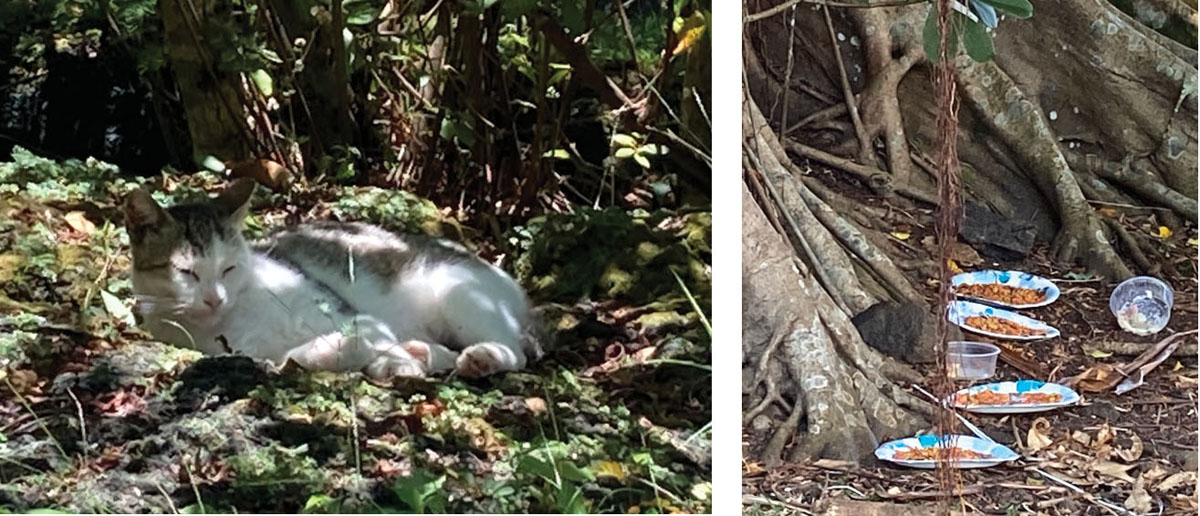
How Can You Help?
- Keep cats indoors; provide a “catio” (enclosed cat patio). This protects native birds, and is the best way to prevent the spread of toxo.
- Catch, neuter/spay, and adopt feral cats (or offer them for adoption). Do not re-abandon.
- Spay and neuter your cats—while this won’t prevent them from spreading toxo, it curbs unwanted litters.
- Do not drop off unwanted cats at a colony, which is illegal; bring them to a pet shelter or sanctuary.
- Teach friends who feed feral cats about the connection to deaths of monk seals and other native wildlife.
- Dispose of cat litter every day, sealed in a bag in the garbage; do not flush it down the toilet.
For more information: monksealinfo@noaa.gov
Rachel Laderman, Sustainable Pacific Program, Lynker LLC/NOAA Affiliate, Hawaii Island
